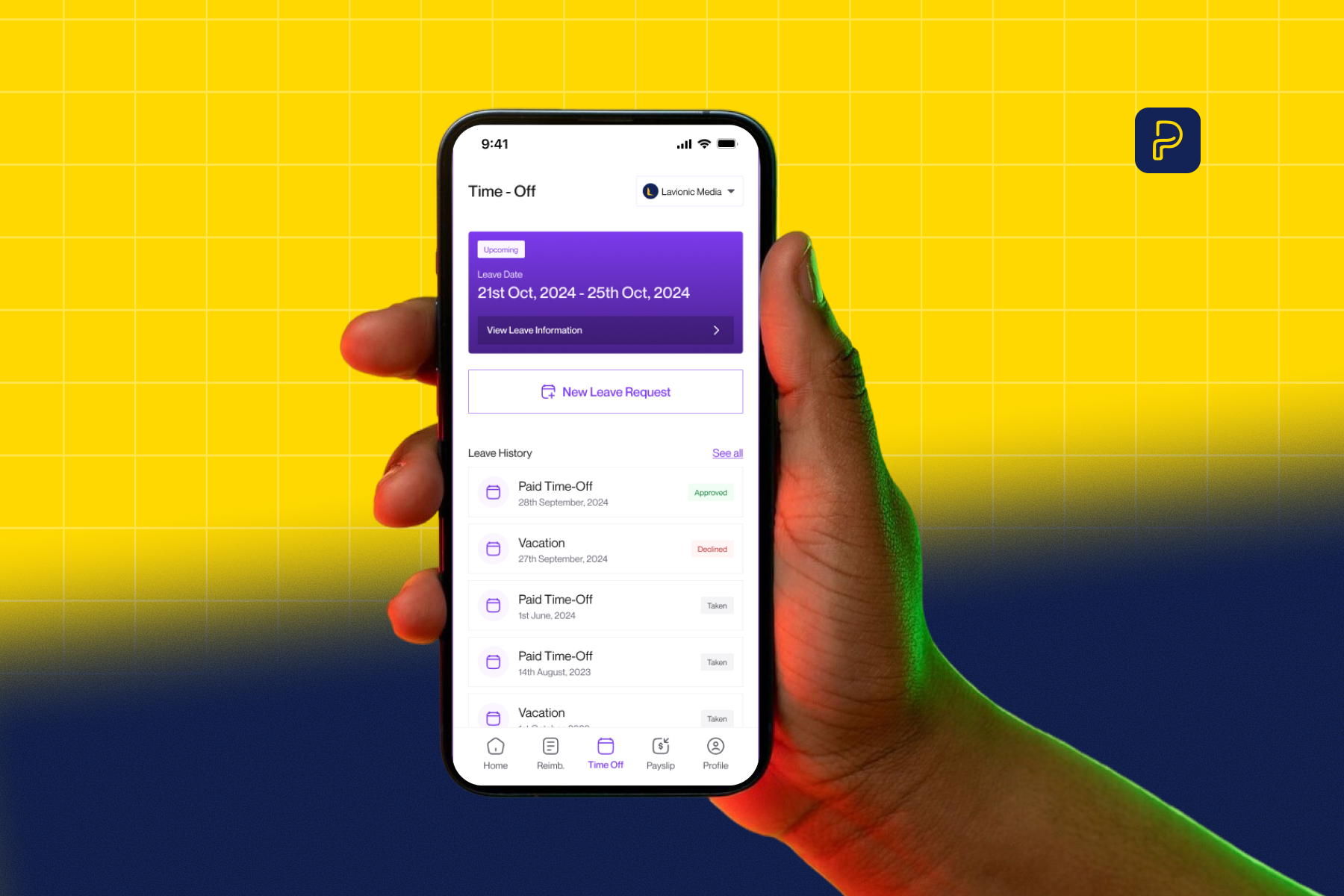Most businesses don’t lose productivity because people aren’t working hard — they lose it because the processes around them make work harder than it needs to be. Across organisations big and small, the same quiet bottlenecks appear again and again — slowing momentum, frustrating teams, and creating invisible drag on performance.
Here are a few of the most common ones that are likely affecting your team:
1. The Waiting Game
Employees submit requests — leave applications, expense reimbursements, timesheets — and then wait. Sometimes for hours, sometimes for days. The uncertainty builds frustration. They don’t know if their request was seen or when to expect a response. Managers, meanwhile, are juggling countless approvals, often buried in email threads or printed forms.
That small gap between “submitted” and “approved” may seem minor, but across an entire organisation it creates lost time, unnecessary follow-ups, and disengagement. When employees don’t have visibility, they check out — both mentally and emotionally.
2. The Information Chase
We live in an age of instant access — yet in many workplaces, getting basic HR information still requires waiting on someone else.
An employee needs their payslip for a loan or visa application. Another wants to check remaining vacation days before planning time off. These should be quick, routine actions, yet they often turn into a chain of requests: “Can HR send that?” “Did payroll update the file?” “Can someone check the spreadsheet?”
Each small delay adds up. HR teams spend hours responding to the same questions, while employees lose valuable focus time switching between tasks. Empowered employees aren’t the ones who have to ask — they’re the ones who already have access.
3. The Paper Trail Problem
Every business has its share of paperwork — but paper, PDFs, and scattered spreadsheets can silently drain productivity. Manual systems create extra steps: downloading, printing, signing, scanning, sending. And because every step relies on a person, they also introduce opportunities for error and delay.
Over time, this doesn’t just slow things down — it creates confusion, duplicate records, and compliance risks. In fast-moving environments, relying on manual documentation can turn what should be a one-click confirmation into a multi-day process.
4. The Disconnect
In today’s workplace, not everyone sits in the same office — or even in the same country. Field teams, remote workers, and contract staff all need access to the same information at the same speed. When updates, approvals, or payslips depend on being physically present or having access to office systems, some employees get left behind.
That distance leads to missed communication, delayed decisions, and ultimately, disengagement. True connectivity means everyone — regardless of where they work — feels equally informed and included in the process.
Making Work Effortless Again
Productivity isn’t just about working faster — it’s about removing the barriers that slow people down. That’s why we created the Metarelic People App — a space where employees can track requests, access payslips, apply for leave, and submit reimbursements in one simple, connected system.
We aren’t replacing people with technology; we are giving people time and clarity to focus on what matters most — their work, their growth, and their team. When processes stop getting in the way, productivity doesn’t need to be forced — it flows naturally.














